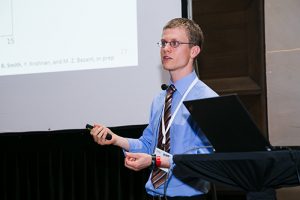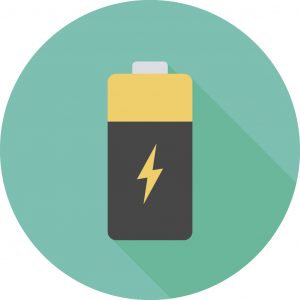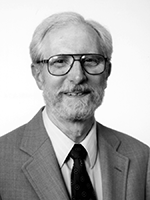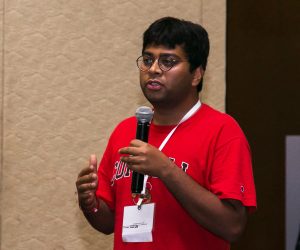 With the holidays fast approaching, you may find yourself purchasing toys and gifts for some little ones. As you do, it’s important to keep some safety tips in mind. The National Capital Poison Center recently reported an increasing number of fatal button batteries ingestions over the years.
With the holidays fast approaching, you may find yourself purchasing toys and gifts for some little ones. As you do, it’s important to keep some safety tips in mind. The National Capital Poison Center recently reported an increasing number of fatal button batteries ingestions over the years.
These coin-sized batteries have the potential to cause severe esophageal or airway burns when stuck in the esophagus, even after no initial signs of irritation directly after ingestion. Batteries stuck, including in the nose and ears, for over 2 hours can cause burns and serious complications.
Most commonly nickel-sized button batteries are the most hazardous as their size can allow them to become lodged in the throat and burn faster as a result.
However, there are measures that gift-givers and parents can take.










